Kenetrek Mountain Guide 400
I’ve been a fan of the Kenetrek company for a while when years back I went and looked for a sturdy, yet low key winter backpacking boot. What I found was the the Kenetrek Grizzly.
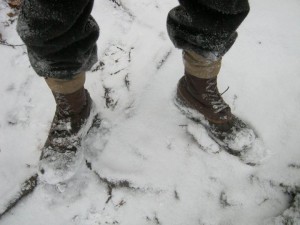
A few hundred miles later the boots had holes in them and Kenetrek repaired and upgraded the boots for free to the Northern lowers. While the boots didn’t have the longevity as I had expected. I noticed that they had began importing an Italian mountain hunting boot.
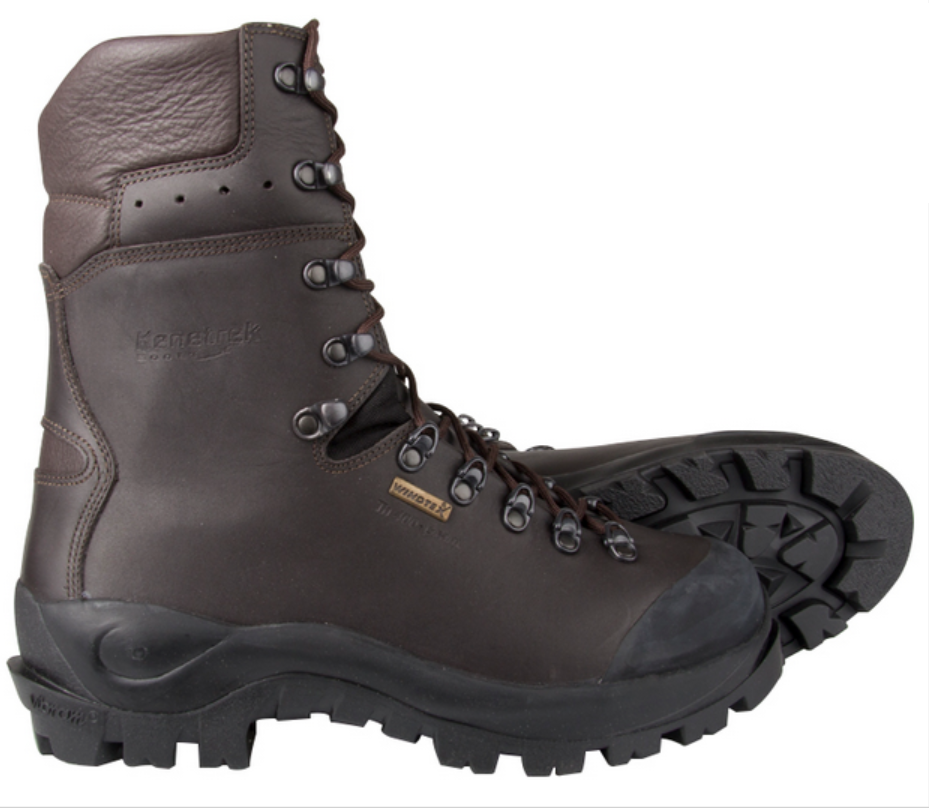
The Kenetrek Mountain Guide mentioned crampon compatibility it has the same one piece Vibram crampon compatible sole found on many climbing boots such as the Scarpa Wrangell, the La Sportiva Malaku and the US Military Bates Tora Bora. According to reviews these two previous boots are semi rigid, and have someflex at the ball of the foot.
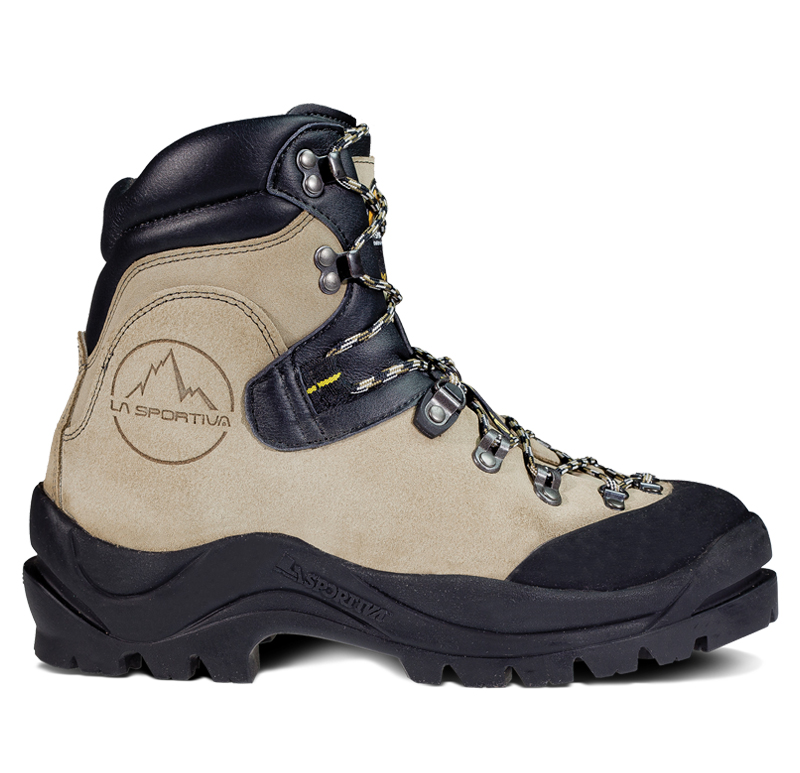 |
| La Sportiva Malaku |
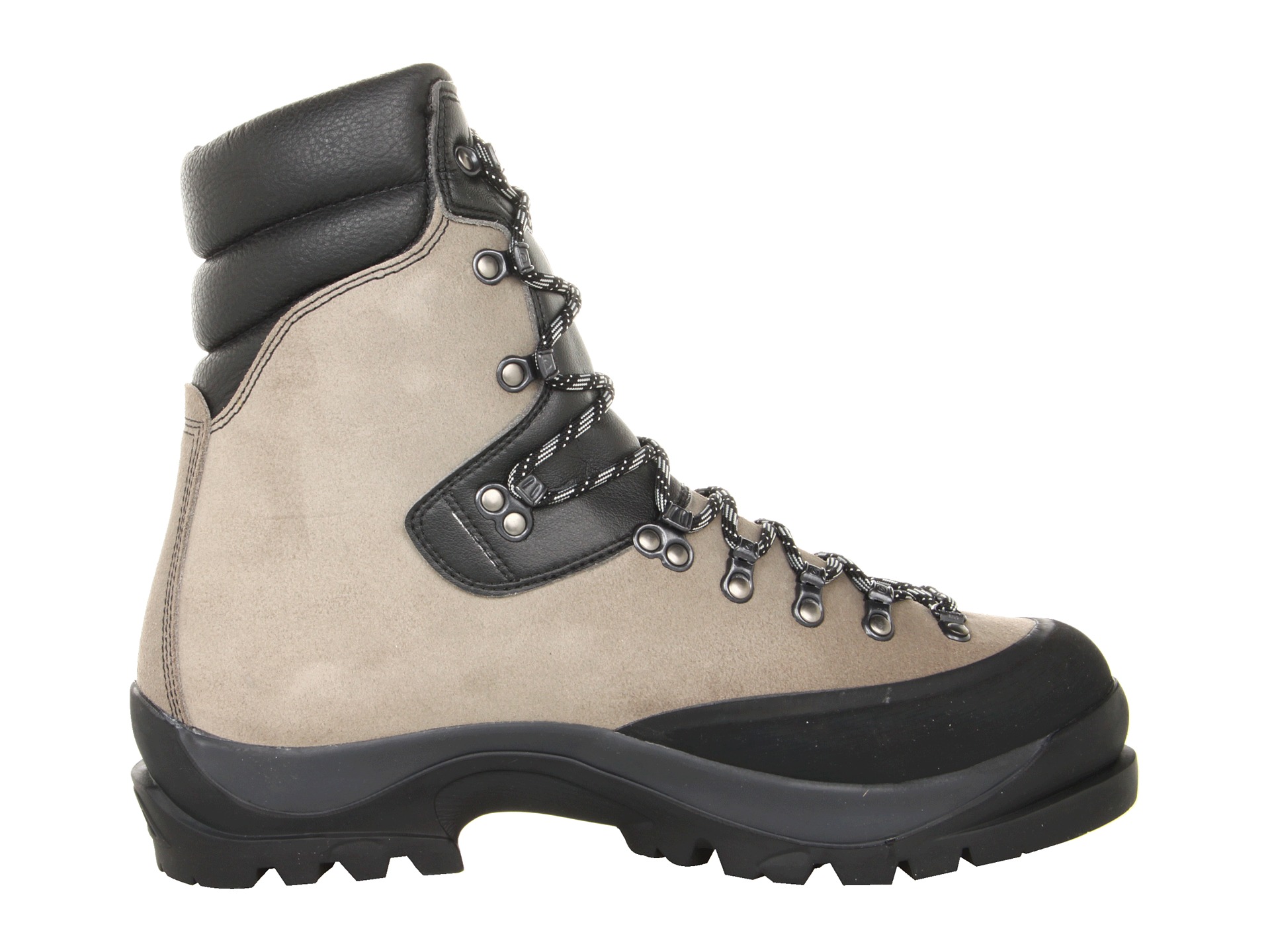 |
| Scarpa Wrangell GTX |
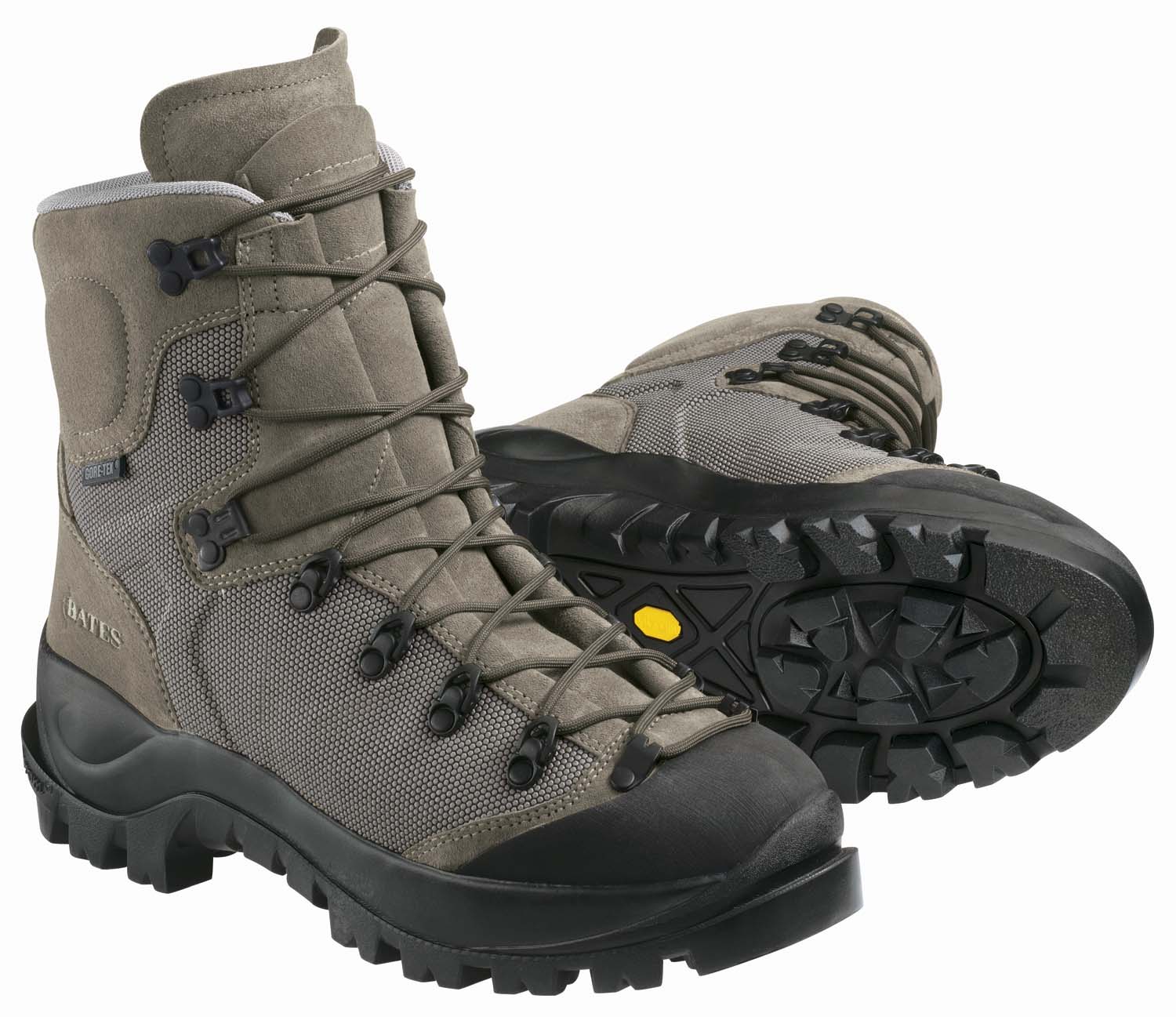 |
| Bates Tora Bora |
Construction and Shank
On examination of the Mountain Guide 400, the upper was perfectly crafted full grain leather. I was more excited about that than anything. The Meindl Alaska Hunter was nubuck, and full grain one piece construction was a huge step forward. One piece construction means that from the tongue of the boot to the rear heel seem is one piece of continuous leather with no stitching. Less parts less room for failure. The membrane is WindTex which appears to be a GoreTex type membrane.
I did the two test mentioned in the previous post and using my arm strength tested how much flex the boot had. It flexed quite easily at the ball of the foot. Already a very bad sign for a mountain boot. It flexed as much or MORE than the Asolo 520 backpacking boot. I use this boot as a standard as most stores and REI’s carry it. Putting the boot on with a heavy sock. I tip toed on edges and it flexed considerably. With crampons, the boots were floppy enough to begin to bend the crampon. Another very bad sign because when stress is transferred into the crampon it can snap the metal or pop the crampon off while you are on a steep climb.
Crampons and Ski Bindings
Unfortunately I forgot to take pictures of the Mountain Guide with my own crampons. So I stole this stock photo from a a Russian site. It reflects what I found when putting on the Black Diamonds. The standard vibram sole fits crampons like a dream. As you can see from this following picture, the front toe wire does not protrude like the Meindl Alaska hunters from the other post.
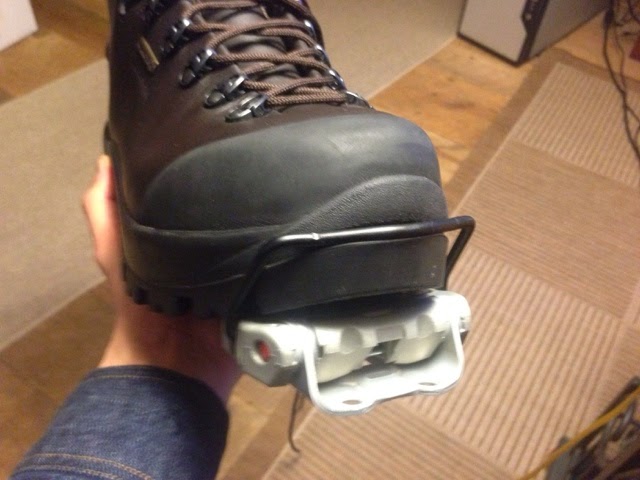 |
| A very good ski fit. This boot would probably kick and glide around on low angle snow very well with a ski. |
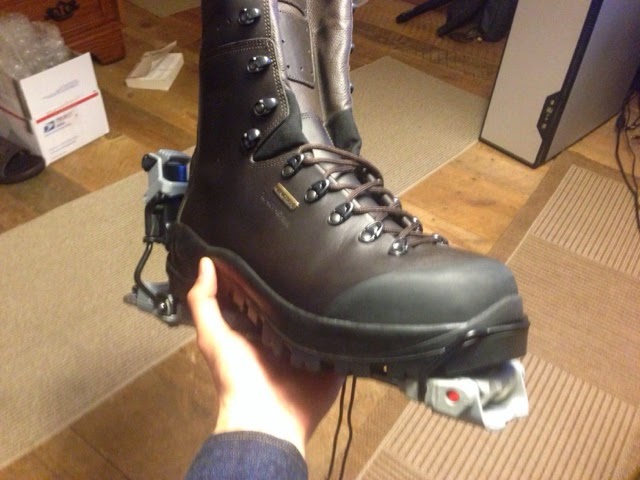 |
| A secure and symmetrical toe wire fit, much Better than the Meindl. |
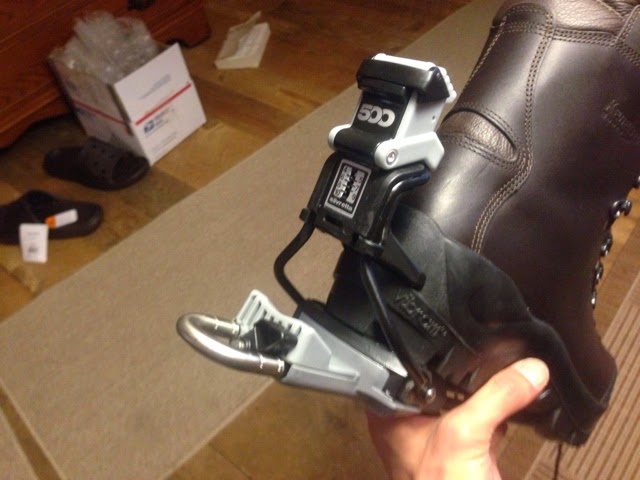 |
| A good heel lever fit as expected with the Vibram made heel welts. |
Conclusions
While the Kenetrek is beautifully built, and has welts from crampons and skis. Its floppy flexible mid-sole would seriously prevent it from doing technical climbs and terrain that I am looking for in a boot. Maybe it is to be expected this hunting type boot would be very focused towards trekking over climbing. The crampon welts are just a tease. A mountain guide told me that “Automatic crampon compatible” could mean anything because there is no official standard on rigidity.
If you are looking for an excellently constructed marching boot, and you may occasionally come upon a snow or ice field, this may be a good boot for you.
Onto the next candidate:
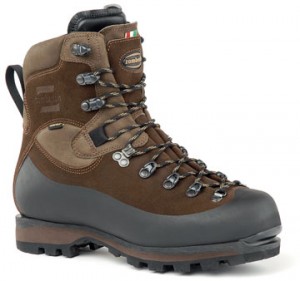 |
| Zamberlan IBEX |




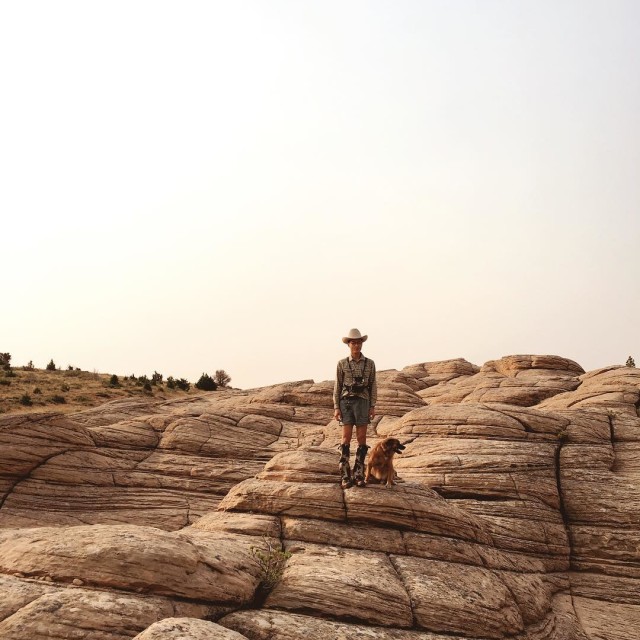

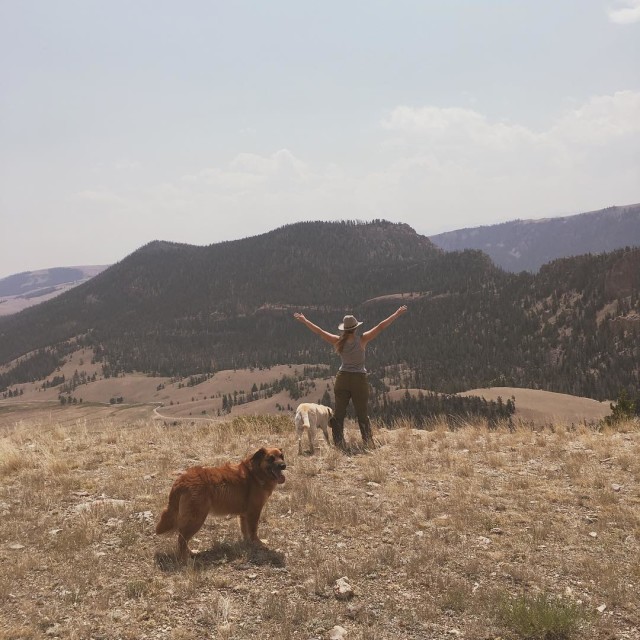





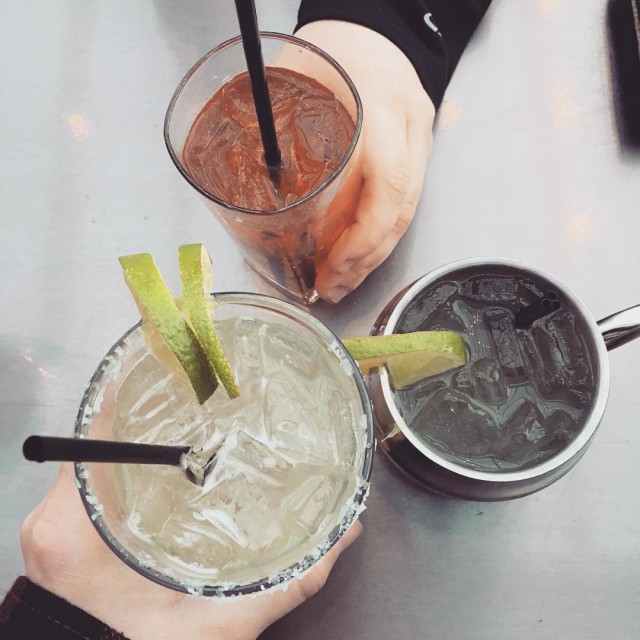



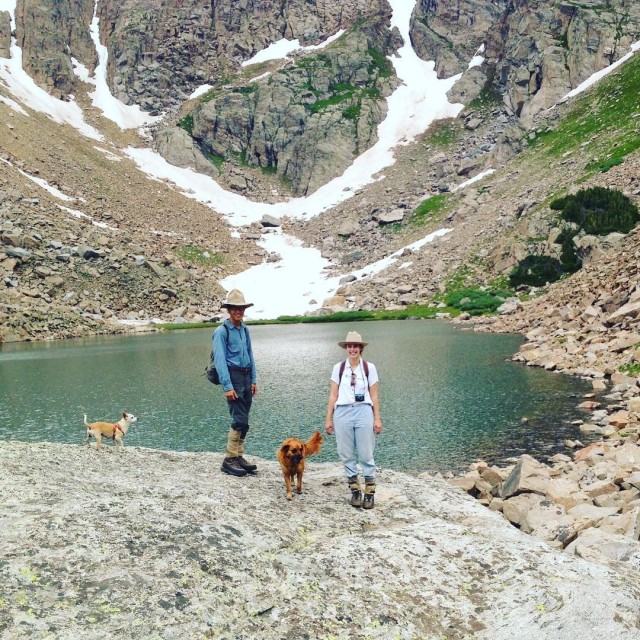
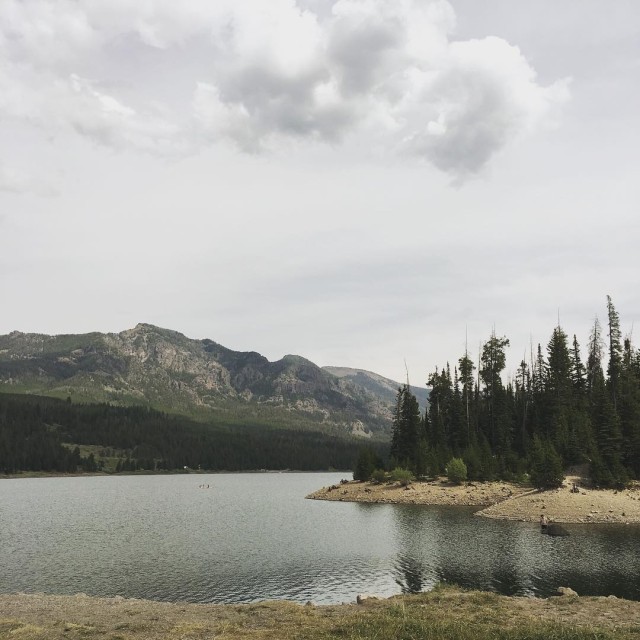
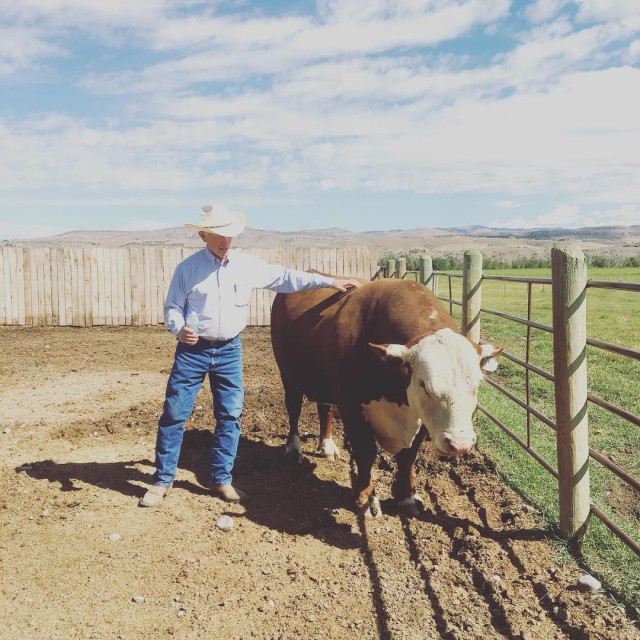



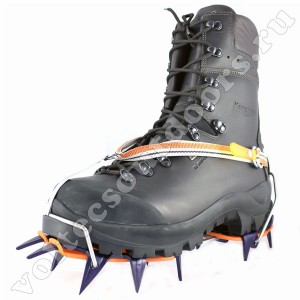


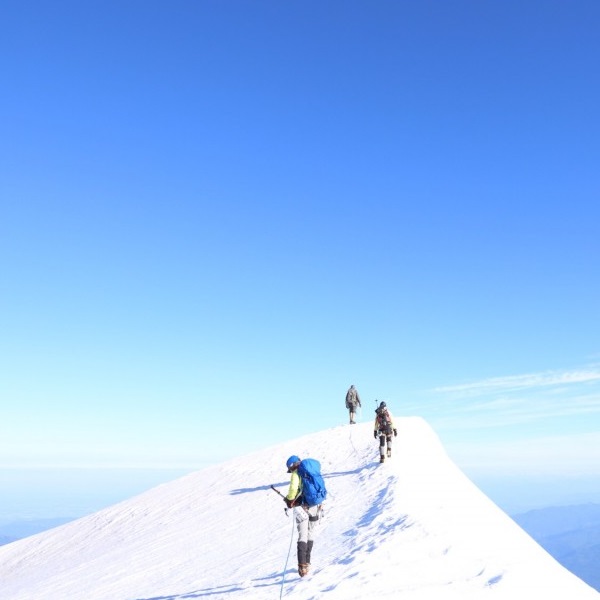
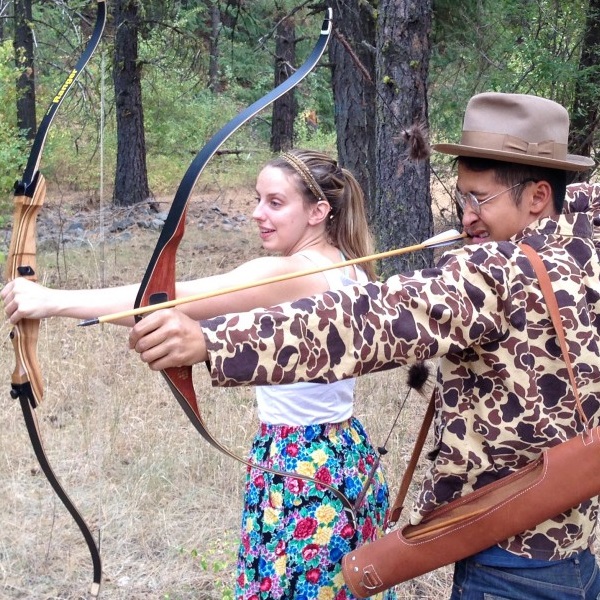
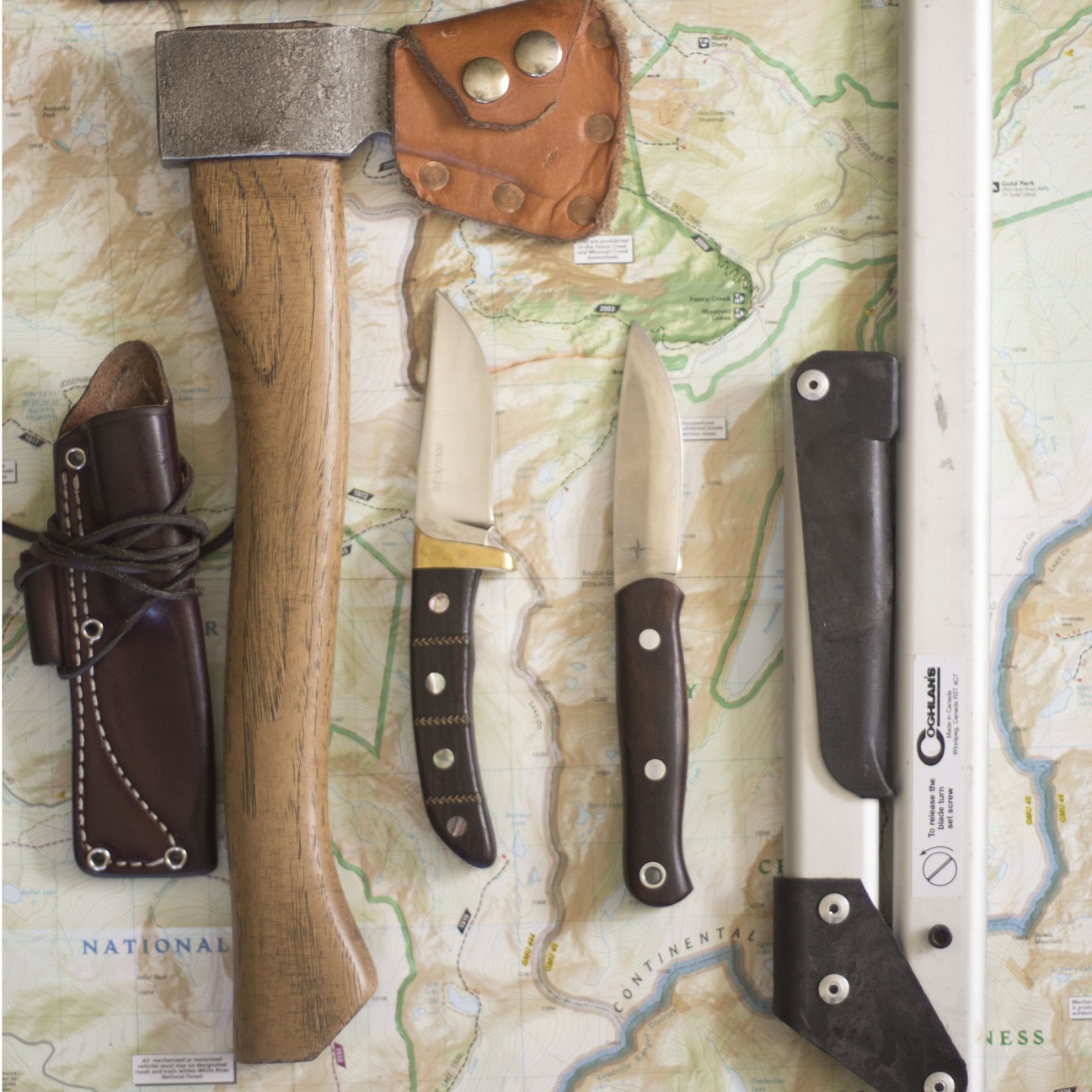
Hello. Thanks for you very detailed, informative, and educational reviews! I have been doing winter hiking for the last 10 years in the Adirondacks but have learned more about boots from your reviews than I had known. As I mostly do winter “hiking” and not much “climbing” I need a winter boot that I can walk in but will take a “real” crampon. So I am considering the boots you classify as “semi-rigid”. Two questions for you:
First – above you say: “The Kenetrek Mountain Guide mentioned crampon compatibility it has the same one piece Vibram crampon compatible sole found on many climbing boots such as the Scarpa Wrangell, the La Sportiva Malaku and the US Military Bates Tora Bora. According to reviews these two previous boots are semi rigid, and have someflex at the ball of the foot.”
?? FIRST ??? You say “these two previous boots are semi rigid” — but you just listed “3” boots — which two boots are you referring to? the “Sportiva Malaku” and the “US Military Bates Tora Bora”?
?? SECOND ??? Are there any other boots you would recommend?
BTW: I currently have 3 pairs of “Zamberlan 4039 Expert Ibex GTX RR” at home — these arrived yesterday — I ordered 3 different sizes thinking that one of these would “be the one”. Way too rigid. Also the sizing is really screwed up. The relationship btw the stated “european” size and the “us” size is like nothing I have ever seen.
Thanks for your information on my first question and if you have any thoughts on the second question thanks for those as well.
Wayne Gray
Thanks for catching the typos! I have not handled the Bates or Malaku boots, I was referring to other reviewers on the Internet.
For hiking in snow and basic crampon compatibility I would not hesitate to suggest to you all three of the boots I examined in person the Zamberlan Ibex, Meindl Alaska Hunter, or the Kenetrek Mountain Guide. Rigidity of a boot sole is specifically a tool for climbing. It keeps the boot stiff as the climber kicks and stomps into the snow with the boot toe or sole itself or the crampons.
If the hills and mountains you are dealing with often has thinner snow and rocks and mud intermittently a very stiff boot will certainly be a detriment, I would lean towards the Kenetrek if that is the case. if there is more snow I would lean towards the Zamberlan Ibex.
Depending on the trail conditions I also own a pair of MicroSpikes that work really well for frozen packed down trails. They do not allow for as much penetration into the hard pack as crampons do but often I can move faster over most terrain and they don’t risk me snagging and tearing pants as much as crampons do.
Anyways please keep me updated on how your Ibex boots do. Zamberlan boots in general don’t get the amount of reviews and online analysis as other larger brands do!
-Don Nguyen